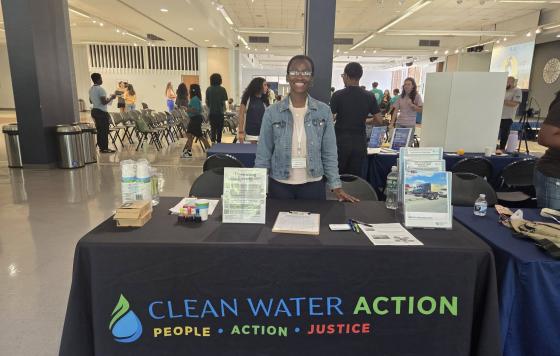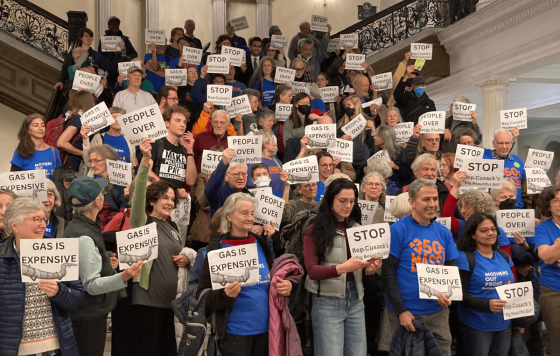
Governor Dannel Malloy created the Governor’s Council on Climate Change (also known as the GC3) on Earth Day, 2015. Recently, the council met to review a year’s worth of modeling and recommended a midterm target for Connecticut’s agreed-upon reduction of greenhouse gases. The January 19 meeting ran about two hours, as council members debated whether to recommend a 45% or 40% decrease in carbon dioxide emissions by 2030. These potential targets are based on a trajectory leading up to the goal set by 2008's legislation of 80% greenhouse gas emissions reductions below 2001 levels by 2050.
After much debate, the council decided upon a 45% midterm target. In addition, they committed to draft a list of policy ideas that would accompany the recommendation to the Connecticut state legislature. As the year’s session is about to open, this advice from the GC3 is highly valuable for lawmakers when reviewing and drafting legislation to ensure Connecticut meets its emissions reduction goals.
At Clean Water Action, we too are turning our minds and efforts to the upcoming legislative session. We have important work coming up to expand the state’s renewable energy portfolio and make tangible steps towards the GC3’s recommendation. Out of curiosity, and to provide information for upcoming days of action and lobbying, I delved into local media to see what was being covered about climate change, renewable energy, and overall energy policy in Connecticut.
I ended up looking at 66 print articles, however, only 12 of them were about local news. Twenty-seven of the articles I read mentioned climate change, 38 mentioned clean energy, and 38 mentioned energy policy. I found most often that an article would talk about clean energy and energy policy at the same time. Yet there seemed to be no connections made to climate change’s impacts, nor efforts like the GC3’s to decrease vulnerability and diversify the state’s energy supply.
I did stumble upon one exception to this—the podcast “Morning Record.” On January 22, the podcast featured an interview with Claire Coleman, attorney for the Connecticut Fund for the Environment and member of the GC3. In her discussion about the council’s recommendation, Coleman described the relevance of this issue: “Investments in renewables in the next 10 years are going to be critical to our clean energy economy in CT; we really thought that there was both an economic and environmental incentive and rationale behind setting this target.” These incentives and the rationale behind them must be shared with the public, as more and more communities are participating in sustainability efforts.
Notably, most of the local articles had something to do with SustainableCT—how different towns are joining the effort and working towards meeting their own renewable energy or other sustainability goals. When it comes to the collaborative and community-focused efforts of SustainableCT and its respective members, media coverage was overwhelmingly positive. Towns across the state are joining to save money, increase their marketability to new residents and developers, and secure grants for larger renewable energy and sustainability projects.
Not only should we know about these efforts going on in our towns, but we should also be aware of what our state legislators are discussing about overarching standards and regulations concerning clean energy and the environment. As the 2018 legislative session starts, it is imperative that media outlets provide needed information about Connecticut’s emissions reduction targets and the policies that are—or are not—helping us reach them. I'm looking forward to doing more media research, helping to address this gap in the media with more blog posts, and pushing for more media stories that highlight the public health and environmental necessity of ramping up renewable energy now!


